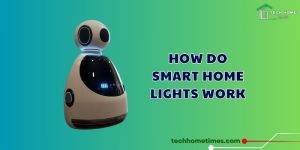Smart Home Disadvantages – The Hidden Costs
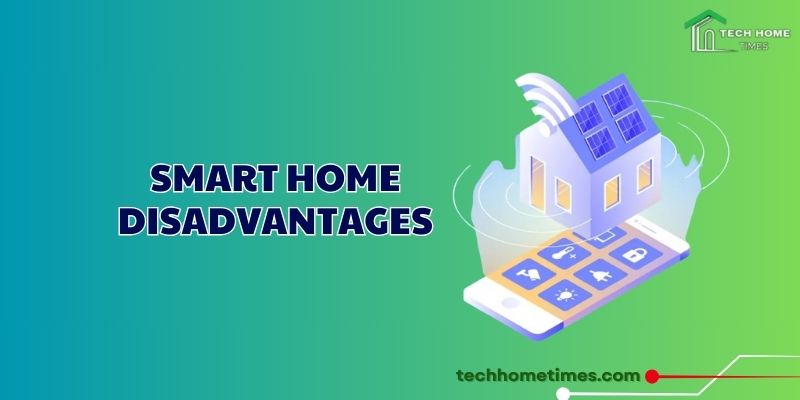
While smart homes promise convenience, the smart home disadvantages reveal hidden costs that can catch users off guard. In 2025, the allure of AI-driven devices comes with challenges like financial burdens, privacy risks, and technical hurdles.
Contents
Smart Home Disadvantages – The Hidden Costs
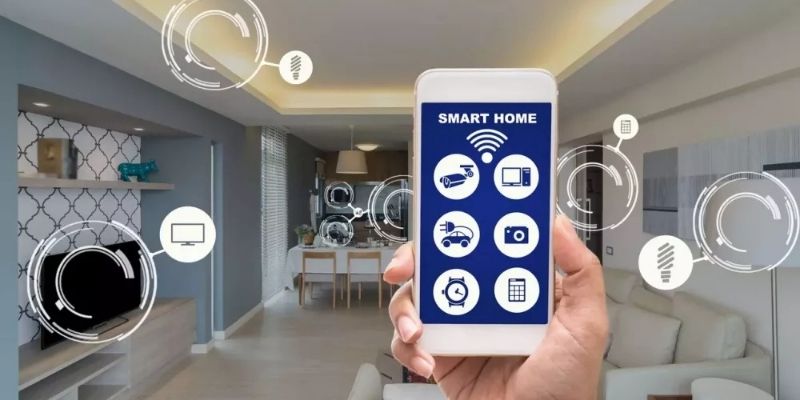
The smart home disadvantages encompass a range of issues that go beyond the initial purchase price, creating hidden costs that affect time, money, and peace of mind. Understanding these smart home disadvantages is crucial for anyone considering a connected home, especially in markets like Vietnam, where smart home adoption is surging.
While entry-level smart devices like bulbs cost $15, comprehensive systems—hubs, cameras, and thermostats—can exceed $1,500. Ongoing costs, such as subscriptions for cloud storage ($5-$20/month) or premium features, add up. Maintenance, like replacing batteries or upgrading outdated devices, further inflates expenses, making smart home disadvantages a financial concern.
Smart devices collect data—voice recordings, motion patterns, or camera feeds—posing privacy risks if hacked. In 2025, despite encryption, vulnerabilities persist, with 10% of smart homes reporting breaches annually. Mitigating these risks requires investing in cybersecurity tools or time spent securing devices, a significant smart home disadvantage.
Setting up and managing smart systems can be daunting, especially for non-tech-savvy users. Incompatible devices, complex apps, or frequent updates create a steep learning curve, costing time and frustration. This complexity is a hidden smart home disadvantage, particularly in multigenerational households.
Smart homes rely on stable Wi-Fi, but outages or weak signals disrupt functionality. In Vietnam’s urban areas, where network congestion is common, devices may lag or disconnect, requiring costly network upgrades like mesh routers ($200+). These reliability issues underscore the smart home disadvantages.
The production and disposal of smart devices contribute to e-waste, with 50 million tons generated globally in 2025. Over-reliance on automation may also reduce human interaction or impact jobs like maintenance services, adding societal smart home disadvantages that extend beyond the home.
These hidden costs highlight the smart home disadvantages, but with strategic planning, their impact can be minimized, as explored in the next section.
Mitigating the Hidden Costs – Smart Strategies for Adoption
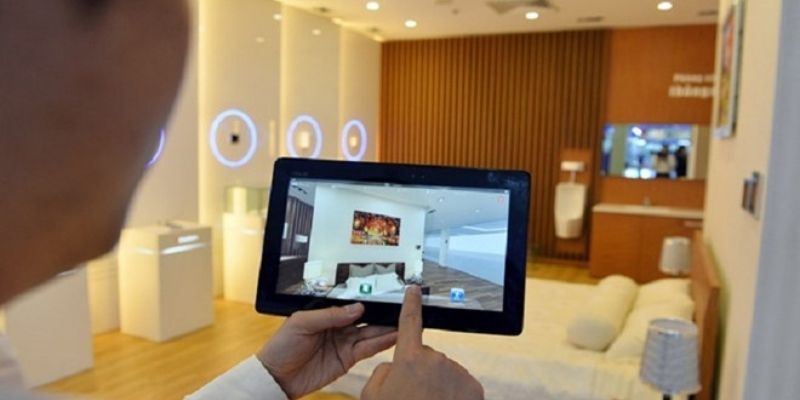
Adopting a smart home doesn’t have to be a costly gamble. By addressing the smart home disadvantages proactively, you can mitigate hidden costs and enjoy the benefits of connected living. Here are five strategies tailored for 2025 to navigate the smart home disadvantages effectively:
To counter financial overheads, start with affordable, scalable devices like TP-Link smart plugs ($15) or Wyze cameras ($30). Prioritize multi-functional hubs like the Amazon Echo Dot, which supports Matter for broad compatibility, reducing the need for multiple apps. Set a budget for subscriptions, opting for free local storage options when available. This approach minimizes the financial smart home disadvantages while building a system over time.
Mitigate privacy risks by choosing devices with end-to-end encryption and local data processing, like Eufy cameras. Disable unnecessary features, such as always-on microphones, and use strong passwords with two-factor authentication. Regularly update firmware via apps to patch vulnerabilities. In Vietnam, where data regulations are tightening, these steps reduce the smart home disadvantages tied to security breaches, saving potential recovery costs.
To tackle technical complexity, select user-friendly platforms like Google Home, which offer guided setups and Vietnamese language support. Start with one or two devices to learn the system before expanding. Online tutorials or X communities provide free troubleshooting tips, easing the learning curve. This strategy diminishes the time-related smart home disadvantages, making smart homes accessible to all.
Address connectivity issues by investing in a Wi-Fi 6 router ($100) or mesh network for larger homes. Place hubs centrally to maximize signal strength, and use apps to monitor network performance. For Vietnam’s urban congestion, prioritize 2.4 GHz bands for better range. These steps reduce the smart home disadvantages of lag or disconnections, avoiding costly upgrades.
Minimize environmental impact by choosing recyclable devices from brands like Philips Hue, which offer trade-in programs. Opt for energy-efficient smart home AI gadgets like Ecobee thermostats to offset e-waste with lower consumption. Balance automation with human interaction to maintain social connections, addressing the societal smart home disadvantages.
Addressing and Reducing Hidden Costs
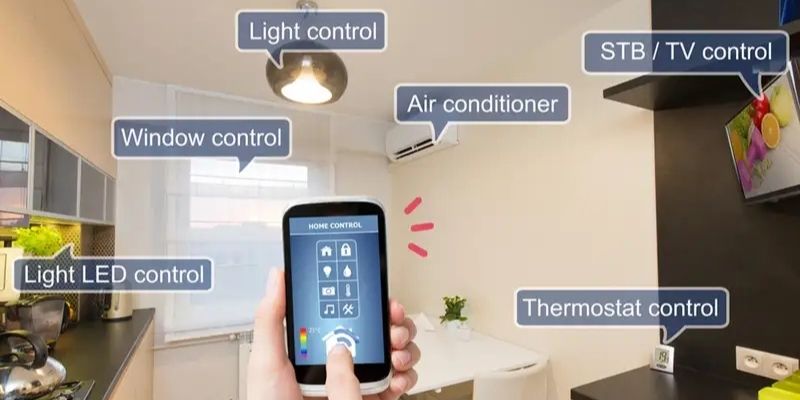
Beyond initial mitigation, ongoing efforts can further reduce the hidden costs of smart home disadvantages, ensuring a sustainable and cost-effective smart home experience in 2025.
- Regularly review subscription costs, canceling unused services or switching to annual plans for discounts (e.g., Ring’s $100/year vs. $10/month). Buy refurbished or open-box devices from trusted retailers, saving 20-30%. Schedule device upgrades every 3-5 years to avoid obsolescence, spreading costs. These actions keep the financial smart home disadvantages in check.
- Use a dedicated guest Wi-Fi network for smart devices to isolate them from personal data. Monitor privacy settings in apps, limiting data sharing, and check for breach alerts on platforms like X. Invest in a $50 cybersecurity app for real-time threat detection. These measures reduce the security-related smart home disadvantages, protecting your data without significant expense.
- Create a digital “smart home manual” noting device settings and troubleshooting steps, saving time during issues. Automate updates via app schedules to stay current without manual effort. Join local tech meetups in Vietnam for hands-on learning, simplifying the technical smart home disadvantages through community support.
- Test Wi-Fi speeds monthly using free apps to identify weak spots, adjusting router placement as needed. Pair devices with Zigbee or Thread protocols for low-power, reliable connections, reducing reliance on Wi-Fi. These tweaks minimize the connectivity smart home disadvantages, ensuring consistent performance.
- Donate or recycle old devices through e-waste programs, available in Vietnam’s major cities, to reduce environmental impact. Support brands with sustainable manufacturing, like Samsung’s eco-friendly hubs. Engage family in manual tasks, like gardening, to balance automation, addressing the social smart home disadvantages.
The smart home disadvantages—financial overheads, privacy risks, technical complexity, connectivity issues, and environmental costs—reveal the hidden challenges of connected living. However, Tech Home Times believes, through strategic adoption and ongoing management, these smart home disadvantages can be mitigated and reduced, unlocking the full potential of smart homes in 2025.


